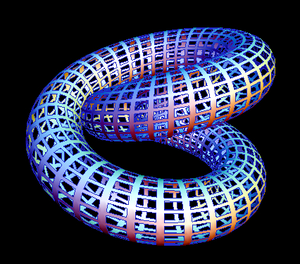richard_leeds wrote:A NASCAR turn = two turns of identical constant radius and camber taken at identical speed
A F1 turn = each turn is different and has variable radius, camber, profile, and sight lines.
Yeah, but the NASCAR turn you make in the middle of a pack of "Doberman pinschers, with a hand grenade in their mouths" where "the winner ain’t the one with the fastest car, it’s the one who refuses to lose". Big difference.
NASCAR is like impressionism or cubism, it's like the love of a cat: either you get it or you don't.
I keep repeating the same thing to "true NASCAR fans" who refuse to understand how marvelous F1 is... and they don't talk about rednecks but about snobs.
Race racism, if you ask me...
Besides, dear Richard, I'm writing this to correct a small imprecision. I visited Daytona briefly during paving. Marvelous work.
I can tell you that the sideslope varies
into the curve, something that doesn't happen in any F1 circuit I know. Actually, I love
the complexity that exists in the simplicity of civil engineering. Only colleagues notice, let's hope Kimi also does. I made another demotivational, just for you.
A finisher plus two extensions, each with its own operator. Only in NASCAR circuits, where sideslope varies in any section of any curve.

If you look hard you notice the "chaflanes" (I have no idea of the english word for that), that is, red markings on the pavement that indicate to each operator how high or how low the finisher "table" (again, I don't know the english word) has to be raised or lowered. You can notice there are two sets of markings for each of the extension operators.
At the old circuit of Brooklands (oldest racing circuit in Europe, if I'm not mistaken) they used the same design.
Curves inside curves. Beautiful. The outer car run on a larger sideslope, so it has a slightly improved chance to overtake. No rear wing aerodynamic gadgets!








